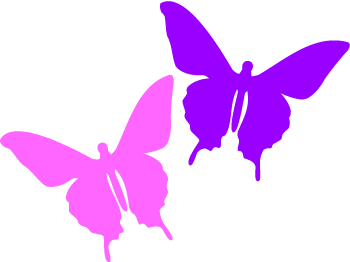top of page
Butterfly populations are a very good indicator of the health of an area's ecosystem !!
Coenonympha glycerion fly in one generation from June to August.
They inhabit dry to damp grasslands in woods, meadows, poor grassland, calcareous grasslands, and open marshy habitats and can be found in elevations from 0-1500 m.
They fly very little, covering limited distances and rest often, on blades of grass or the leaves of low vegetation.
When they land, they keep their wings closed while resting..
The dorsal side of their wings has a brown color with an orange margin more prominent on the hindwing.
The majority of individuals have a black spot at the top of the forewing. The hindwing’s ventral side has smaller spots that are uniformly sized.
In the postdiscal zones, two white spots are present, with the one sometimes being very small.
There is also a larger white spot that is always
visible.
* Being members of the Brush Footed (Nymphalidae) family, Chestnut Heaths use their pair of shorter front legs for food tasting, and their two pairs of longer rear legs for propulsion.

Diet: caterpillars feed on various grasses.
Diet: Not an avid nectar feeder but will take nectar from small flowers in their habitat occasionally, such as Mayweeds (Matricaria), Thistles (Cirsium), Bistorts (Bistorta) and Clary (Salvia pratensis).
Family: Nymphalidae
The single biggest threat to butterfly survival is habitat destruction!!

bottom of page
